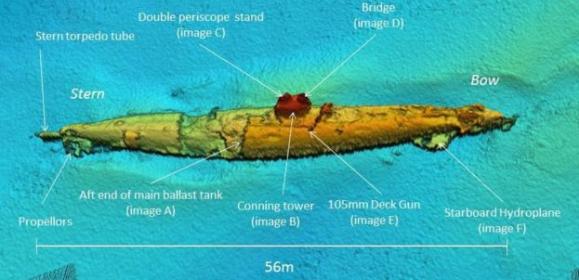
Multibeam View of the Wreck of UB85, Image: Scottish Power
Engineers laying subsea power cables off Stranraer, Scotland have discovered the wreck of a World War I German UBIII-Class submarine, which may be either the UB-85 or the UB-82, both of which were sunk in the area. The possibility that the submarine may be the UB-85 has set the media and the internet abuzz, because according to legend, the UB-85 was sunk after being attacked by a sea monster. Some have even identified the creatures as the Loch Ness monster, or at least its salt-water cousin. International Business Times led with the headline “Did Nessie help win the war? German U-boat ‘sunk by sea monster’ discovered off Scottish coast.”

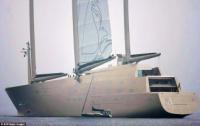 Russian billionaire Andrey Melnichenko’s new sail-assisted motor-yacht, named simply,
Russian billionaire Andrey Melnichenko’s new sail-assisted motor-yacht, named simply,  Clausewitz wrote of the “
Clausewitz wrote of the “
 Australia is, literally, on the move. A year ago,
Australia is, literally, on the move. A year ago, 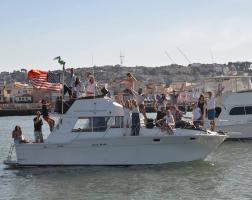
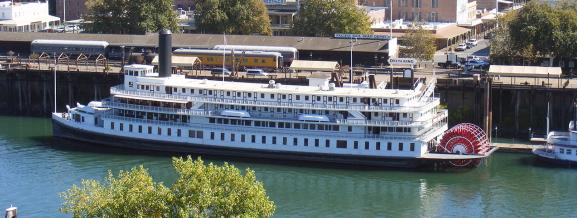
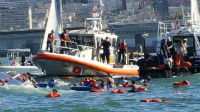 UPDATE: The initial reports of the capsize identified the boat which capsized as a sailboat. Even the
UPDATE: The initial reports of the capsize identified the boat which capsized as a sailboat. Even the 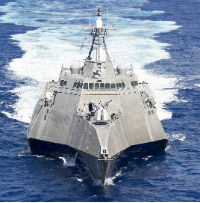 When Hurricane Matthew approached, the Littoral Combat Ship (LCS)
When Hurricane Matthew approached, the Littoral Combat Ship (LCS) 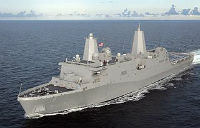
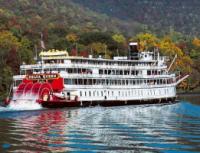 The
The 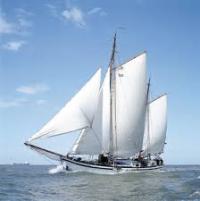 Germany’s Federal Bureau of Maritime Casualty Investigation has released a preliminary report suggesting that a mast repair on the ketch
Germany’s Federal Bureau of Maritime Casualty Investigation has released a preliminary report suggesting that a mast repair on the ketch  The 24th Annual North River Tugboat Race & Competition was originally scheduled for Labor Day, but
The 24th Annual North River Tugboat Race & Competition was originally scheduled for Labor Day, but 
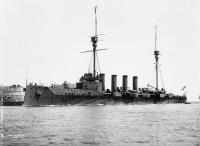 On August 24, 2016, an Anglo-Danish team found the wreck of armored cruiser
On August 24, 2016, an Anglo-Danish team found the wreck of armored cruiser 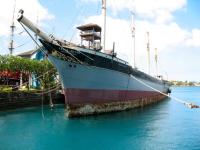 Things look grim for the 1878 sailing ship
Things look grim for the 1878 sailing ship  The
The  We have posted before about the
We have posted before about the